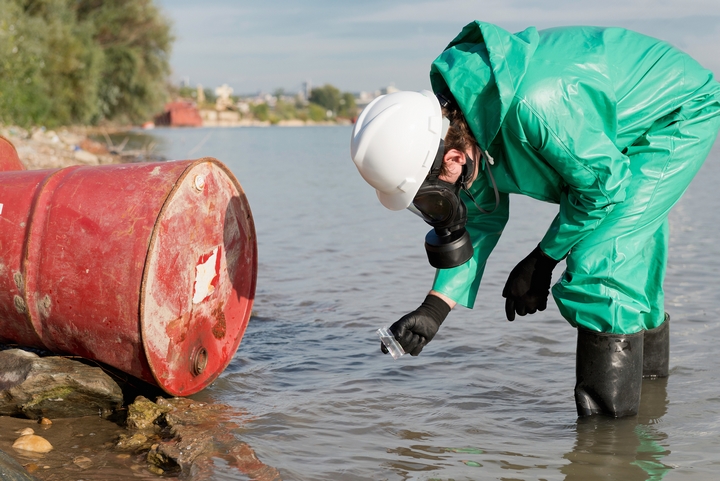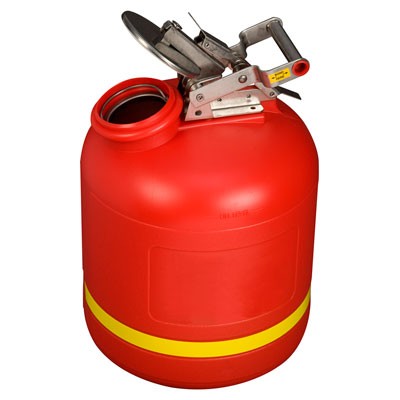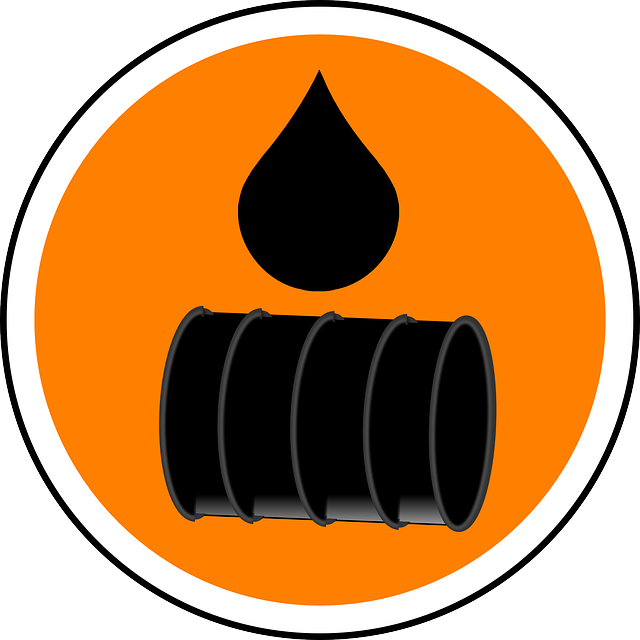Safe and Sustainable Liquid Waste Disposal: Your Go-To Service Provider
Safe and Sustainable Liquid Waste Disposal: Your Go-To Service Provider
Blog Article
Exactly How Liquid Garbage Disposal Works: A Comprehensive Overview of Strategies and Technologies Utilized

Review of Liquid Waste Types
The complexity of liquid waste types necessitates an extensive understanding of their attributes and ramifications for disposal. Liquid waste can extensively be classified right into numerous kinds, including industrial, municipal, farming, and unsafe waste. Each group displays unique homes, requiring specific monitoring approaches to alleviate environmental and health risks.
Industrial fluid waste originates from manufacturing procedures and commonly consists of a series of contaminants, such as hefty metals, solvents, and organic substances. Community liquid waste, largely making up wastewater from families and business establishments, includes natural issue, nutrients, and pathogens (industrial wastewater treatment). Agricultural fluid waste, including drainage from farms, might include plant foods, chemicals, and pet waste, positioning dangers to water top quality and environments
Hazardous liquid waste is defined by its poisoning, sensitivity, or possible to trigger harm. This classification includes compounds like acids, bases, and particular chemicals that require rigorous handling and disposal procedures. Recognizing these diverse fluid waste kinds is important for developing efficient disposal approaches and guaranteeing conformity with environmental guidelines. Correct classification and characterization are necessary for implementing proper therapy techniques and lessening the unfavorable effect on public wellness and the setting.
Physical Treatment Methods

Screening is the first action, where larger fragments and particles are eliminated from the fluid waste making use of screens or grates. In sedimentation tanks, larger bits settle at the base, forming a sludge layer, while the made clear fluid can be further dealt with.
Filtering is another necessary technique that entails passing the fluid through permeable materials, such as sand or membrane layers, to capture smaller sized particles. This action improves the quality of the fluid, making it suitable for succeeding treatment processes.

Chemical Treatment Strategies
Chemical treatment methods are important for properly handling fluid waste, particularly in attending to liquified and colloidal impurities that physical methods may not adequately remove. These techniques use various chemical agents to counteract, speed up, or change dangerous materials right into much less harmful types.
One usual method is coagulation and flocculation, where chemicals such as alum or ferric chloride are included in advertise the gathering of suspended bits. my response This procedure boosts sedimentation, permitting simpler elimination of the resulting sludge. In addition, oxidation procedures, employing agents like chlorine or ozone, are utilized to damage down intricate natural substances and pathogens, rendering the waste much safer for discharge or additional therapy.
Neutralization is an additional critical technique, which changes the pH of acidic or alkaline waste streams to neutral levels, stopping possible injury to downstream systems and the setting. In addition, advanced oxidation procedures (AOPs) utilize combinations of oxidants and ultraviolet light to deteriorate persistent pollutants, achieving a higher level of treatment efficiency.
Biological Treatment Procedures
Organic therapy procedures play a crucial duty in the monitoring of fluid waste by making use of microbes to disintegrate natural matter and decrease contaminant levels. These procedures can be generally classified into aerobic and anaerobic therapies, each utilizing particular microbial communities to achieve reliable waste destruction.
Cardiovascular treatment involves using oxygen to promote the failure of natural materials by bacteria. This process is frequently implemented in turned on sludge systems, where oygenation containers provide a conducive setting for microbial development, resulting in the oxidation of natural contaminants. The resultant biomass can be separated from dealt with effluent with sedimentation.
On the other hand, anaerobic therapy happens in the absence of oxygen, relying the original source upon different microorganisms to damage down organic issue. This technique is specifically helpful for high-strength waste, as it generates biogas, an eco-friendly energy resource, while minimizing sludge production. Technologies such as anaerobic digesters are regularly employed in metropolitan and industrial applications.
Both cardio and anaerobic organic treatments not just reduce the ecological impact of fluid waste but likewise facilitate source recuperation, making them vital components of sustainable waste monitoring techniques. Their flexibility, efficiency, and efficiency sustain their prevalent implementation across different fields.
Arising Technologies in Disposal
Innovative techniques to fluid garbage disposal are rapidly evolving, driven by improvements in modern technology and a raising emphasis on sustainability. Among these emerging innovations, membrane bioreactors (MBRs) have gotten grip for their capacity to incorporate organic therapy with membrane filtration, resulting in premium effluent that can be recycled in different applications. MBRs make it possible for smaller sized impacts and extra reliable procedures contrasted to typical systems.
An additional appealing advancement is the usage of anaerobic digestion integrated with nutrient healing modern technologies, which not only deals with fluid waste yet additionally produces biogas and recuperates important nutrients like nitrogen and phosphorus. This double benefit boosts source performance and minimizes ecological effect.
Furthermore, progressed oxidation processes (AOPs) are being taken on for the destruction of complex organic pollutants. These approaches use effective oxidants and drivers to break down contaminants at the molecular degree, using an extremely effective solution for tough waste streams.
In addition, the assimilation of artificial knowledge and artificial intelligence in waste management systems is maximizing operational performance and anticipating maintenance, leading to lowered expenses and improved environmental conformity. These technologies mirror a considerable change towards even more reliable and sustainable fluid waste disposal techniques.
Final Thought
In conclusion, effective liquid waste disposal demands a thorough understanding of different techniques and innovations. By constantly progressing these techniques, it becomes possible to deal with the expanding challenges associated with liquid waste, ultimately contributing to environmental security and source healing.
Fluid waste disposal is a crucial element of environmental administration, needing a detailed understanding of numerous strategies and modern technologies customized to various waste kinds. Fluid waste can extensively be categorized into a number of go to my blog types, including industrial, municipal, farming, and unsafe waste. Agricultural fluid waste, consisting of overflow from farms, may contain fertilizers, chemicals, and pet waste, posturing dangers to water quality and communities.
Different physical treatment methods play a critical duty in taking care of fluid waste efficiently - industrial wastewater treatment.In conclusion, effective fluid waste disposal requires an extensive understanding of various strategies and modern technologies
Report this page